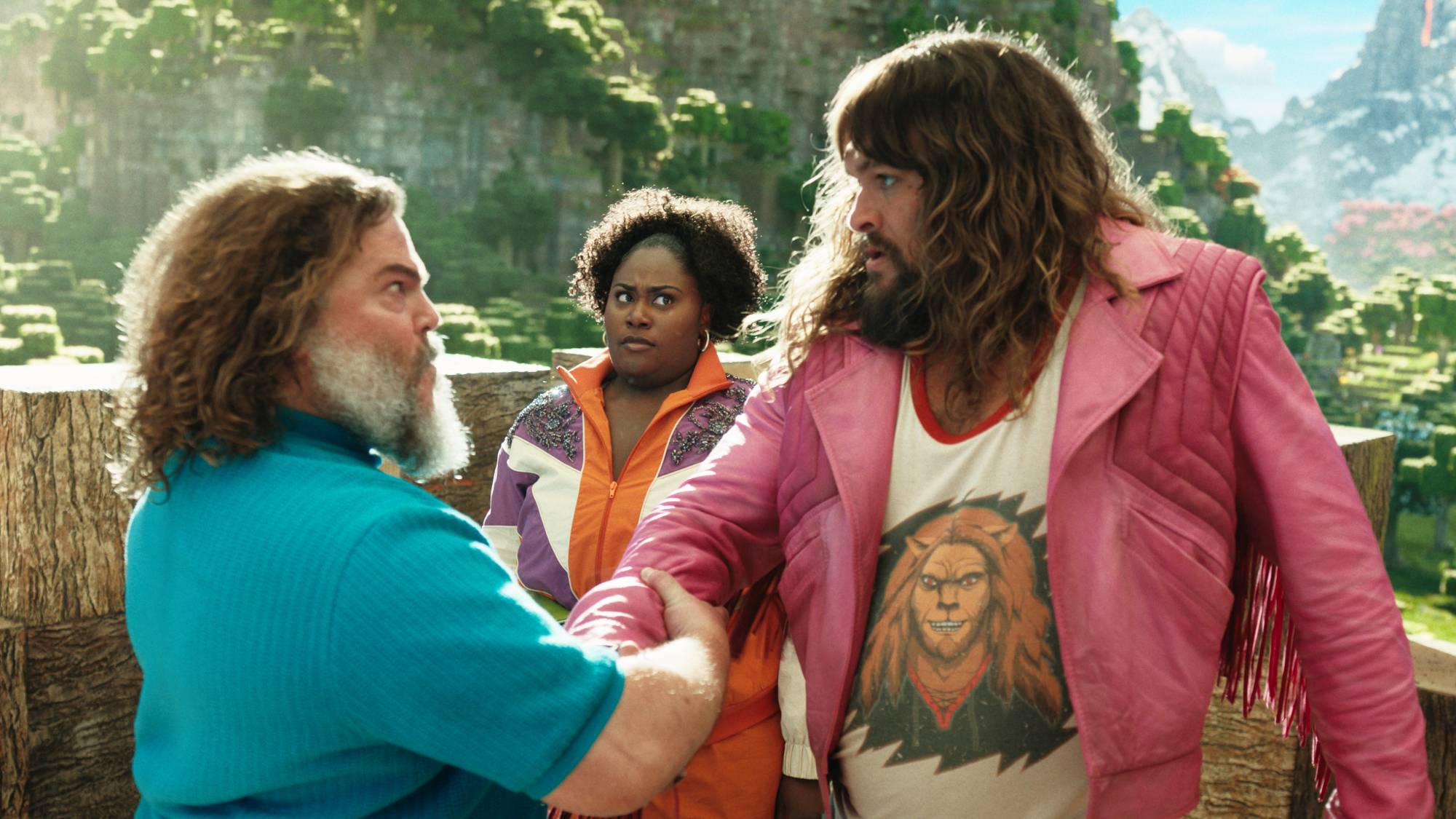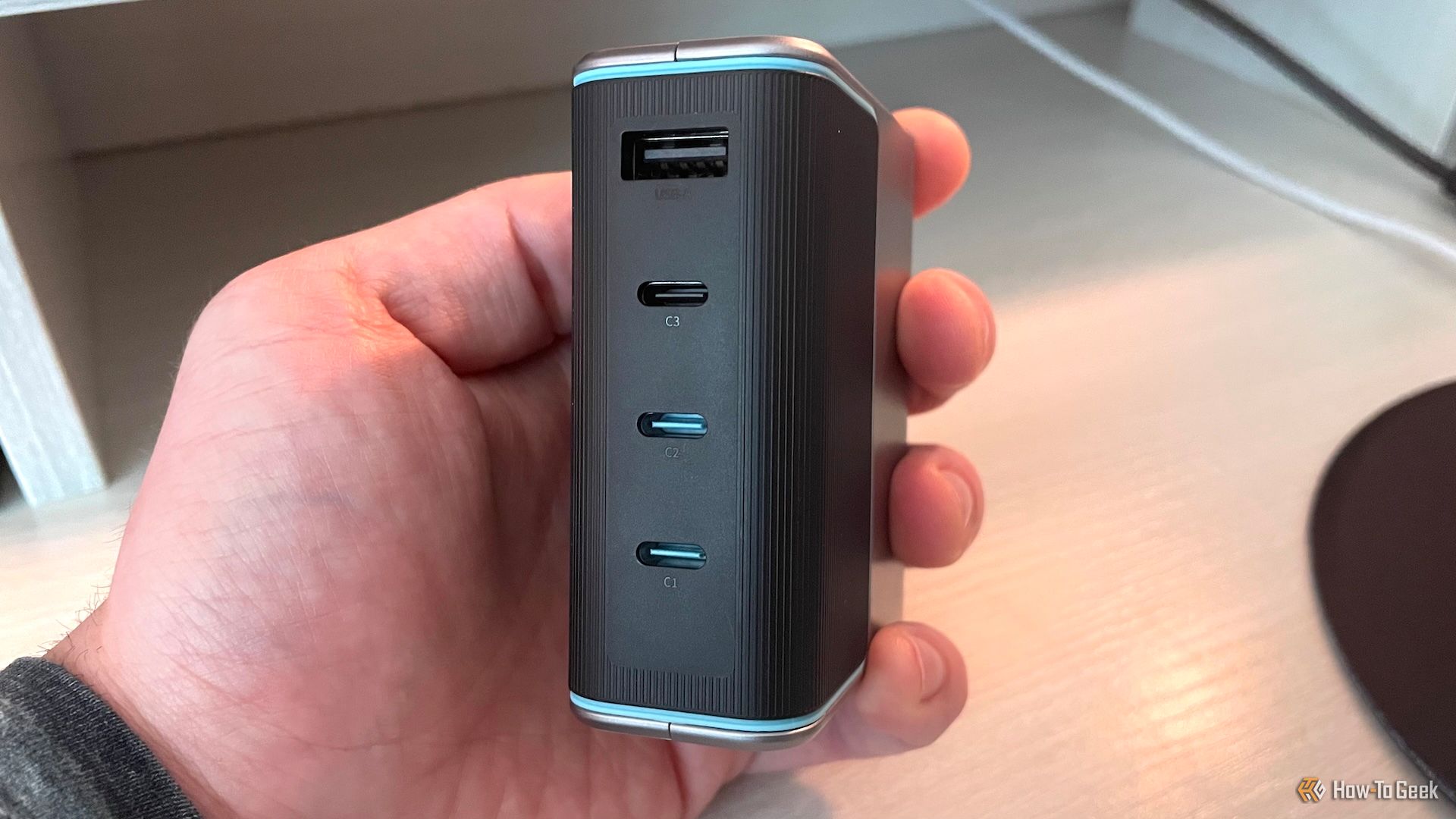Eliminate ‘Delayed Decisions’ to Declutter Long-Term

Most of the decluttering techniques out there involve step-by-step processes that force you to develop new habits and try new approaches. Many of them rely on some of the same principles: You should go through your stuff and designate it into piles based on what you’ll keep, throw, donate, or sell, then you should organize what you keep, typically putting it into containers. That leaves a lot of room for you to keep things you don’t really need, though, so while you’re working through the steps of your preferred decluttering method, you need to add in one more.
Stop creating “delayed decisions”
This tip comes from my personal favorite pro organizer, iOrganize, aka Christen Fackler. I look at her feed all the time for organizing and decluttering inspo because she’s got a knack for making even a seasoned organizer rethink parts of their home and approach. For instance, she recommends thinking of your house like a store when figuring out how to organize bulk essentials. Her ideas about “delayed decisions” caught my attention recently because, like the retail angle, I hadn’t really thought of my decluttering like that before.
When you’re going through what you own and designating it for keeping, tossing, donating, or selling, it’s easy to err on the side of keeping. I’m guilty of doing this with clothes, especially, telling myself they might come back in style, I might need them for a specific kind of event, or I should hold onto them in case my body undergoes changes, even if they don’t presently fit. I am, of course, lying to myself. I’m almost certainly never going to wear them again. The same is true for batteries, miscellaneous screws, old charging cables, tools with a hyper-specific use, and all kinds of other items that get banished to various drunk drawers, storage closets, and hidden containers. Sure, I’m putting them away, containing them, and organizing them—but since they’re useless to me, they’re still clutter, no matter how meticulously stored they are.
Choosing to delay my real decision about these things—which should be “donate” in most cases and straight-up “throw away” in a few others—isn’t helpful to the overall decluttering process, even though it aligns well enough with the standard rules about designating and containing kept items. It’s important, then, to build in another step when decluttering: Stop creating delayed decisions altogether. Do not hold onto anything if the justification is “just in case.”
How to stop delaying decisions when decluttering
On the iOrganize website, Fackler sells a list of 50 questions you should ask yourself to gauge whether you really need to hold onto something. That includes questioning whether the items represents who you are now, not who you used to be, and what kinds of emotions it brings out of you. Using a list of questions like that is smart, since it can help you disentangle complex emotions and sentimentality, looking at your possessions more objectively.
I’m a big fan of a practical approach. I ask myself questions like these, depending on the item:
-
“Do I have an actual event coming up where it would be appropriate to wear this?”
-
“Do I already own something similar that could be worn instead of this?”
-
“When was the last time I used this?”
-
“Did I even realize I had this?”
-
“Do I know what this [key/charger/etc.] actually works for?”
Maybe the most useful questions I ask myself are the ones from the 20/20 rule: If I ended up actually needing this in the future, could I get a replacement in 20 minutes and could I get it for under $20? Also up there are the two questions from the “Decluttering at the Speed of Life” method: If I needed this, would I know where to look for it and would I even know I already had one?
If something can easily be replaced or doesn’t have a certain use in the near future, it can go. But getting to a point where you make that kind of choice easily and automatically takes practice. Next time you declutter, take time to consider every single item carefully before tossing it into your keep pile “just in case.” Ask yourself objective questions like Fackler’s or like the 20/20 method suggests—and commit to getting rid of things that don’t serve you and will just become hidden clutter. The first few times, it may be helpful to create a “purgatory” box, which is a fifth category you can sort your things into that involves stashing those dicier items in a box out of sight for a few weeks, then returning to the box and finally parting with it for real. If you end up needing or missing an item during the few weeks it’s in purgatory, sure, get it out. But you’ll likely find that you don’t. Doing it that way for a while can help you build the muscle necessary to make quicker decisions when you reorganize, banishing unnecessary goods and eliminating delayed decisions altogether.











